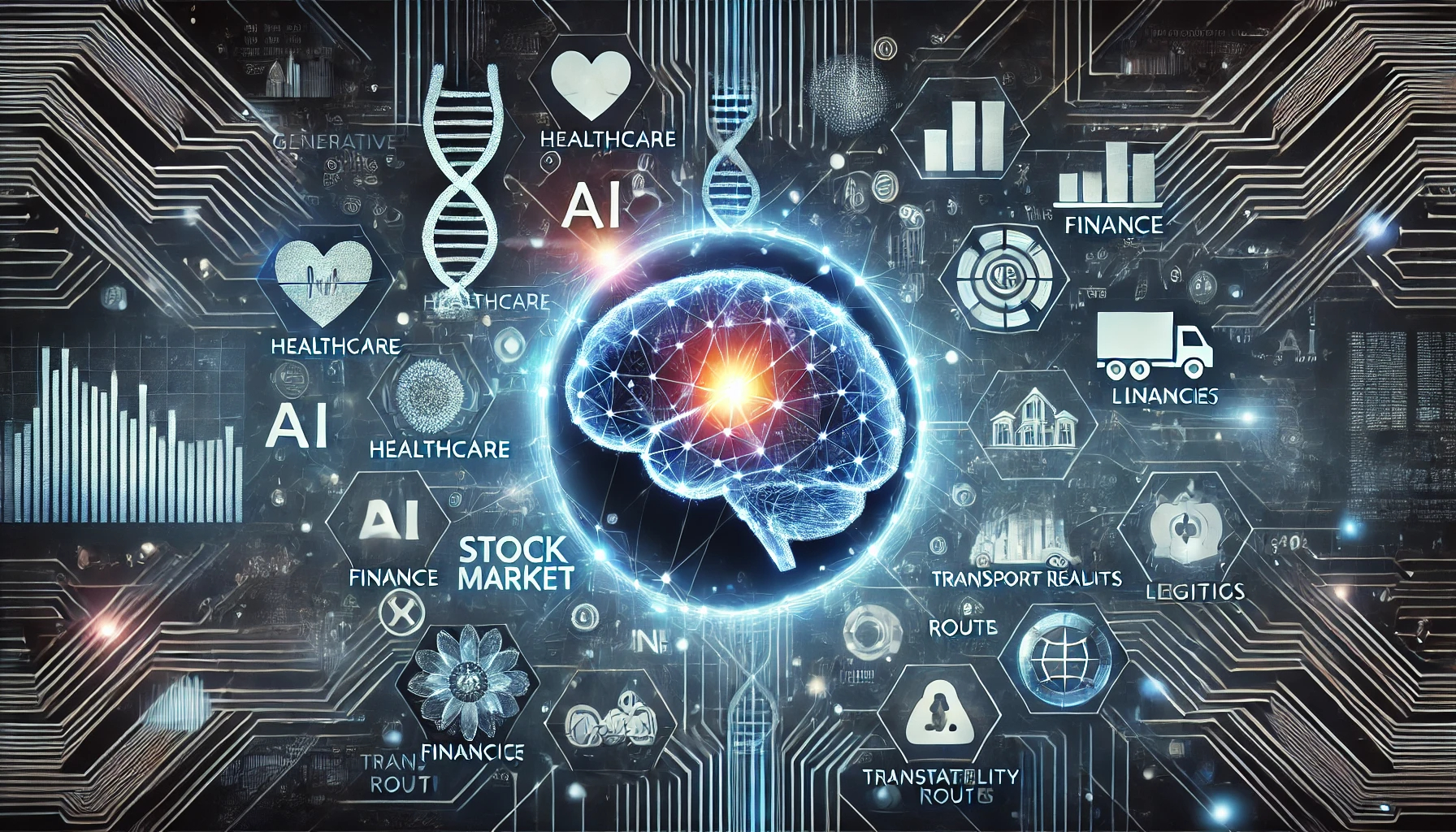Unlocking the True Potential of Generative AI: Beyond the Basics
Generative AI and Large Language Models (LLMs) have captivated the world, becoming nearly ubiquitous in their applications. With millions of users relying on tools like OpenAI’s ChatGPT, Google’s Gemini, and Meta’s Llama, it seems we are living in a golden age of AI utilization. But are we truly maximizing their potential?
The Real Challenge: Expanding the Scope of Generative AI
While the widespread adoption of generative AI is impressive, the predominant focus remains on text-based outputs—generating essays, articles, or chat responses. These systems are deeply rooted in human language patterns, trained extensively on vast text corpora. However, this is just the tip of the iceberg. What if generative AI could transcend these limitations and tap into entirely new domains?
Rethinking Tokens and Pattern Recognition
At the core of generative AI lies tokenization—the process of converting input data (like text) into numerical tokens, which are then processed to generate outputs. For instance, the sentence "The cat jumped" might be tokenized into numbers and then decoded back into text after computational processing.
This method leverages patterns within human language. But tokens don’t need to be limited to words or sentences. They could represent virtually anything: images, sounds, molecular structures, or even stock market data. The possibilities are boundless, provided we can identify patterns within these datasets.
Breaking Free from Language Constraints
Imagine a future where generative AI isn’t confined to language but instead thrives across diverse fields:
Healthcare and Molecular Research: Predicting molecular interactions or designing new drugs by tokenizing molecular structures and patterns.
Finance and Economics: Analyzing tokenized financial data to forecast stock market trends or economic shifts with unprecedented accuracy.
Transportation and Logistics: Optimizing traffic flows or supply chain logistics by tokenizing real-time traffic and routing data.
Gaming and Entertainment: Creating adaptive gaming experiences where AI learns player behaviors and generates dynamic challenges.
Early Exploration in Non-Traditional Domains
Several industries have already begun to push the boundaries of generative AI beyond text:
Game Development: AI-powered NPCs and game storylines that adapt in real time based on player interactions.
Financial Modeling: Using AI to tokenize and predict stock movements, identifying patterns across multiple economic indicators.
Scientific Research: Exploring complex molecular structures to discover new materials or medications.
Each of these domains demonstrates how generative AI can revolutionize industries when we think beyond its conventional uses.
Unlocking Hidden Potential in New Fields
For generative AI to truly revolutionize industries, we must identify new areas ripe for exploration. Here are some steps to consider:
Find a Suitable Dataset: Any domain with a vast amount of structured data could benefit from generative AI.
Identify Patterns: Look for recurring patterns within the data. Even seemingly chaotic datasets may reveal patterns under the scrutiny of advanced AI.
Test and Iterate: Apply generative AI models to tokenize and analyze the data, refining the system based on its outputs.
The Next Frontier of Generative AI
The potential applications for generative AI are virtually limitless. The key lies in moving beyond traditional text-based applications and exploring domains where tokenization and pattern recognition can unlock transformative insights.
By embracing this forward-thinking approach, businesses, researchers, and innovators can leverage generative AI to revolutionize industries, create groundbreaking solutions, and drive significant advancements. The journey is just beginning, and those who act now will lead the way.
Final Thoughts
Generative AI has already proven its value, but its true power lies in its versatility. By expanding our perspective and exploring new domains, we can unlock breathtaking possibilities that go far beyond today’s applications. The future of AI innovation is in your hands—it's time to think big and push boundaries.









